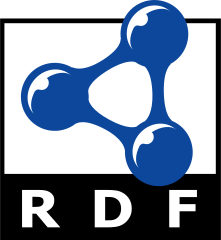
ARCHITECTURE

Survol needs to run one agent per machine: a plain HTTP server runs Common Gateway Interface (CGI) Python scripts. This agent and its port number define the identity of each object of this machine, that Survol is able to provide information about. This is the same concept as with WMI and WBEM, both inter-operate completely. Therefore, Survol is able to get information with another machine with no Survol agent: see OpenLMI, WMI etc...
If your browser runs ActiveX, it is also possible to use Survol web pages with no agent.
Survol is based on a tree of Python scripts, all of them display information of the system the agent is running on. Some scripts do not need parameters: they will return information with no context: for example, all available databases, all detected machines on the network, all installed Python modules etc... Other scripts need parameters, as they display information about a specific object. For example: files opened by a specific process, columns of a SQL Server™ table, processes connected to an Oracle™ database.
As a benefit of a CGI-based architecture, it is also possible to run any Python scripts as command-line programs. This allows to test them in isolation with full control on their environment and input, and full visibility on the output. This greatly helps when creating and testing scripts.

